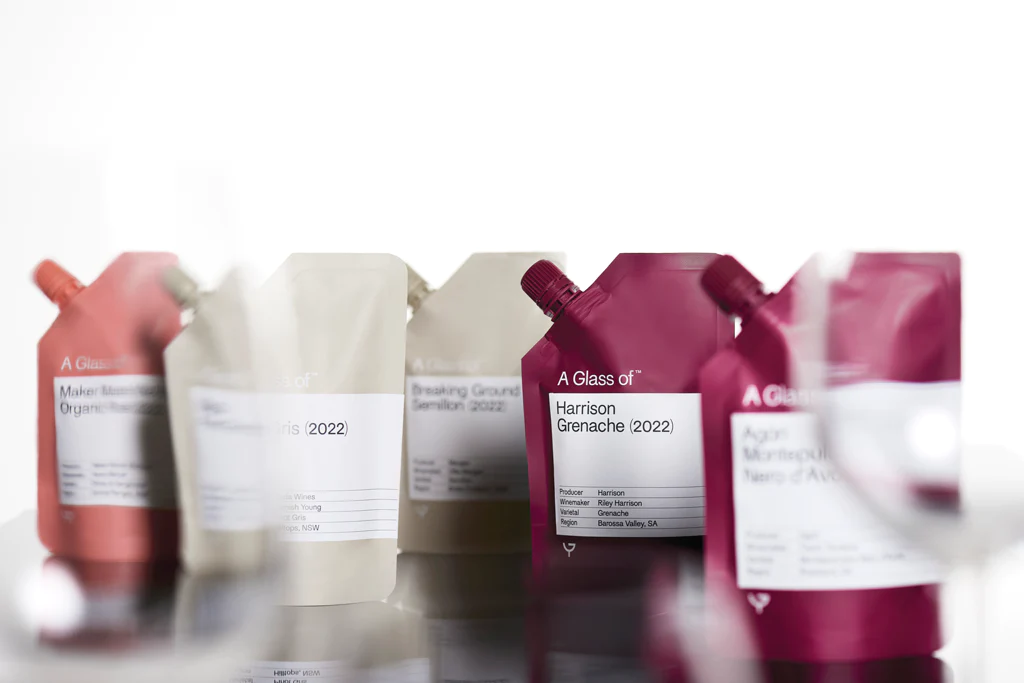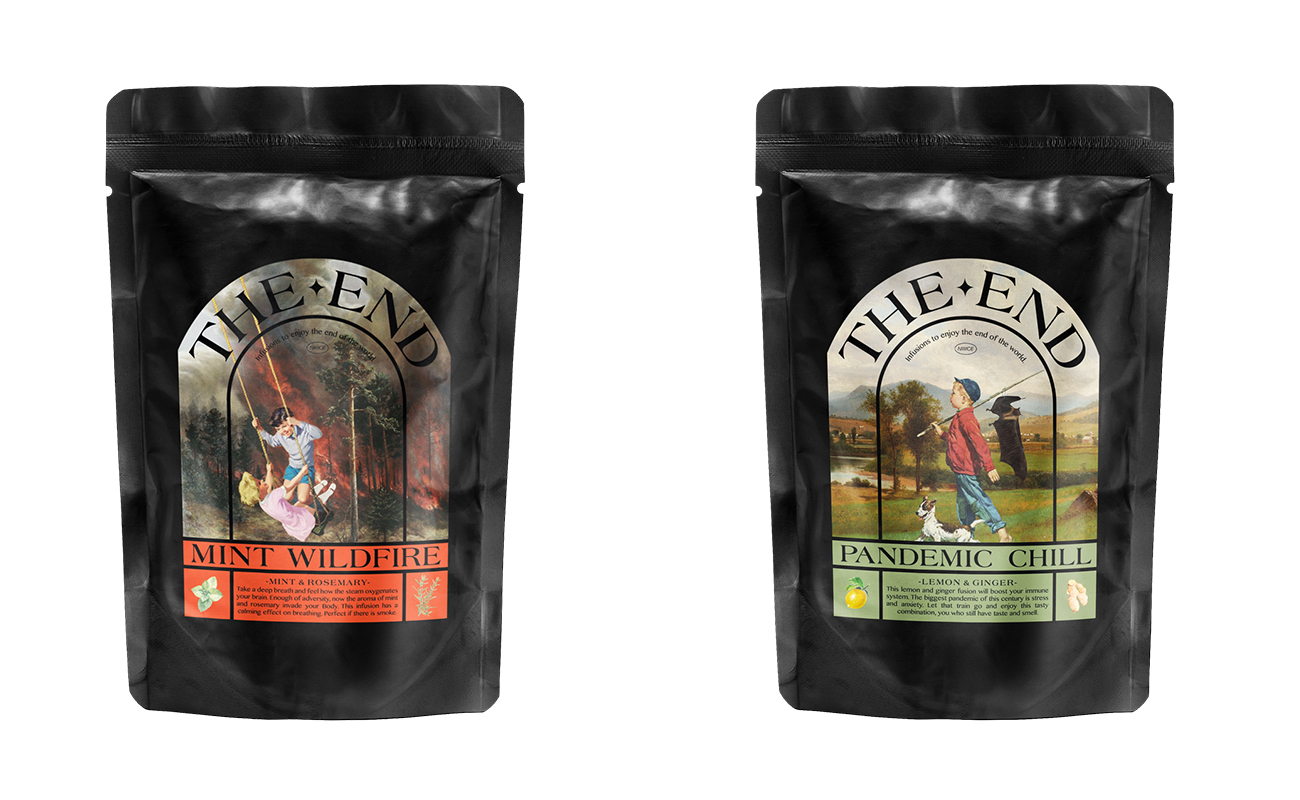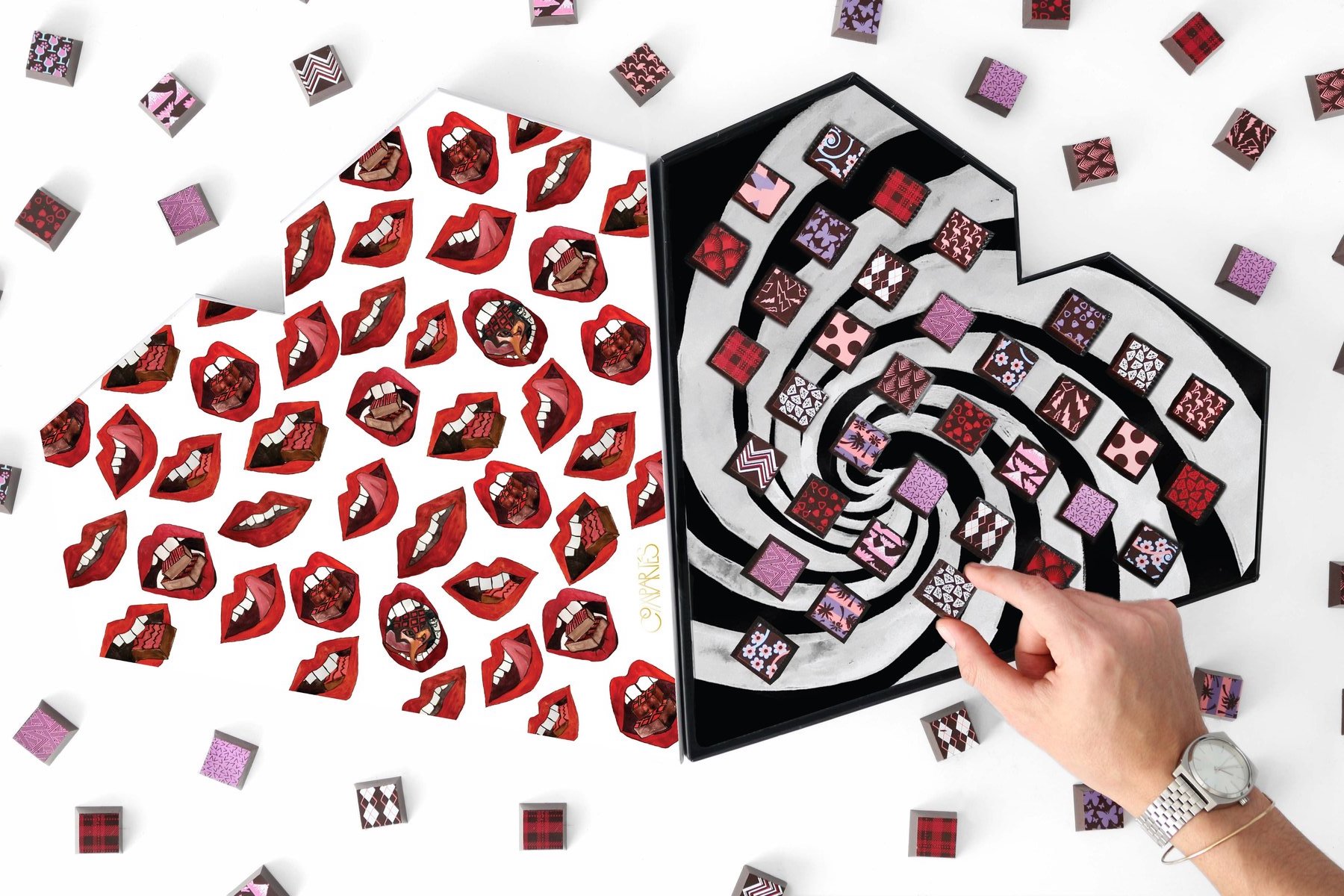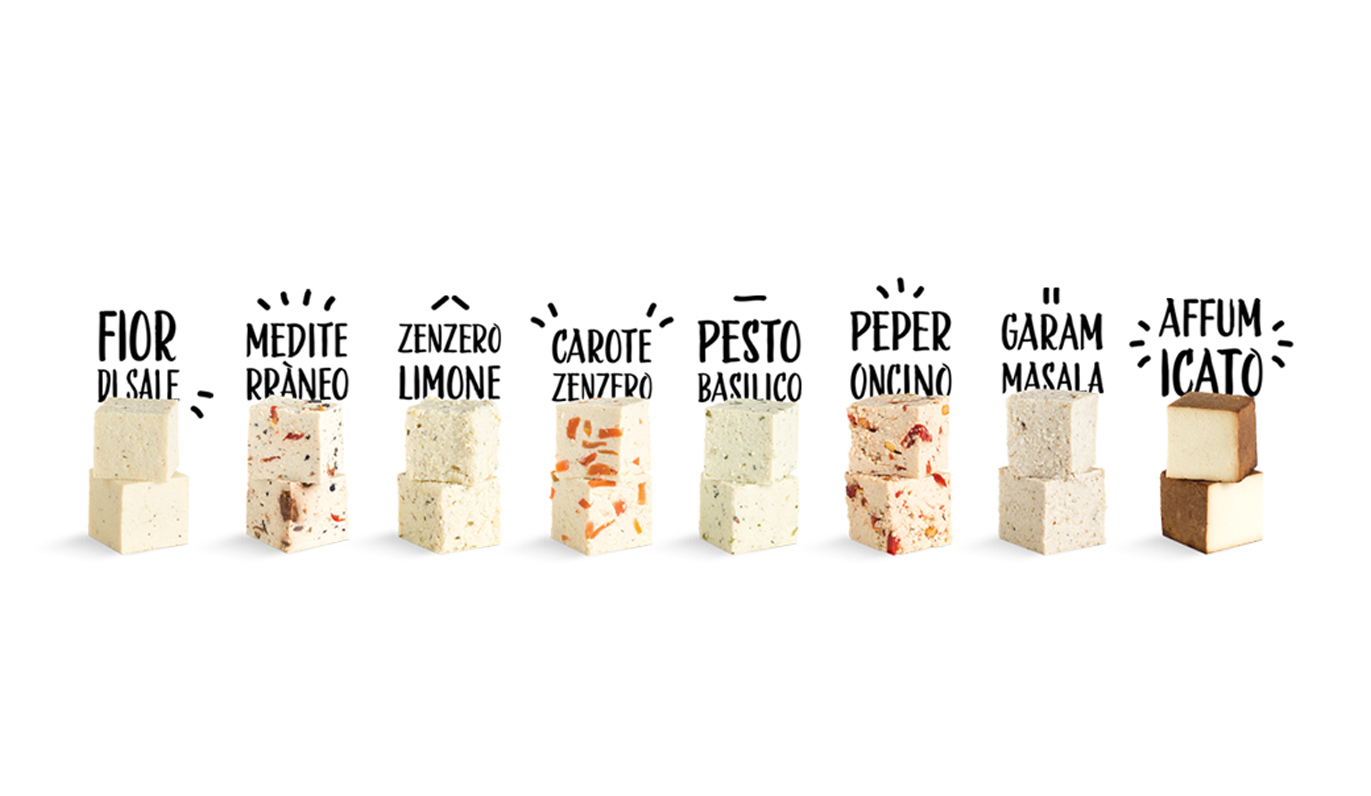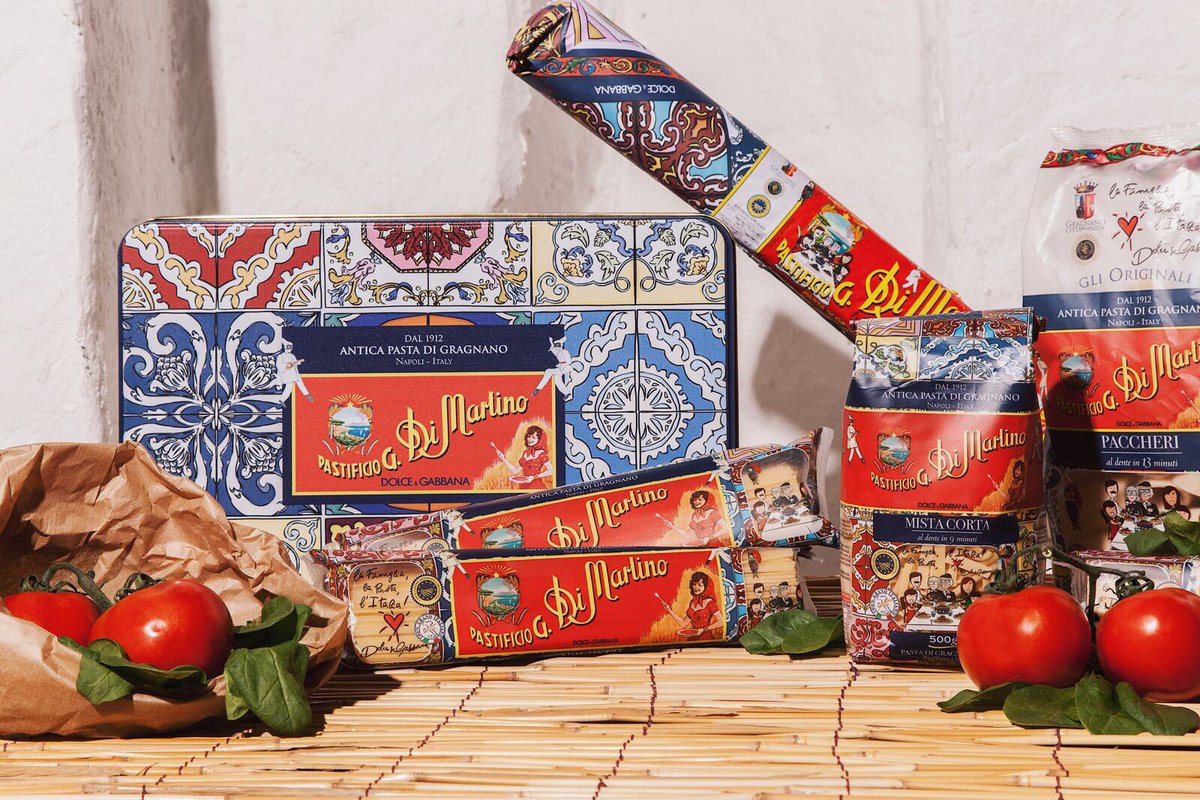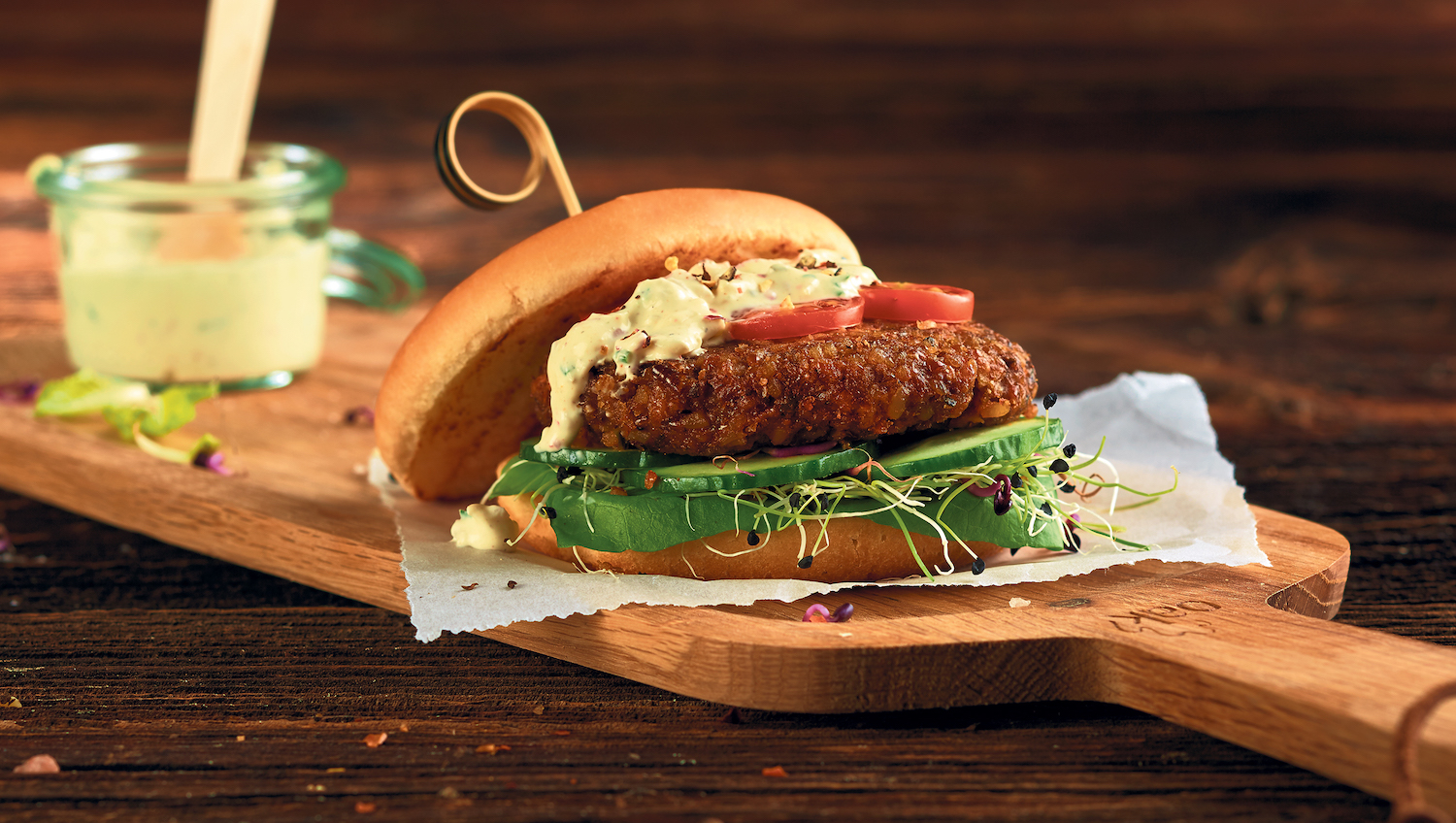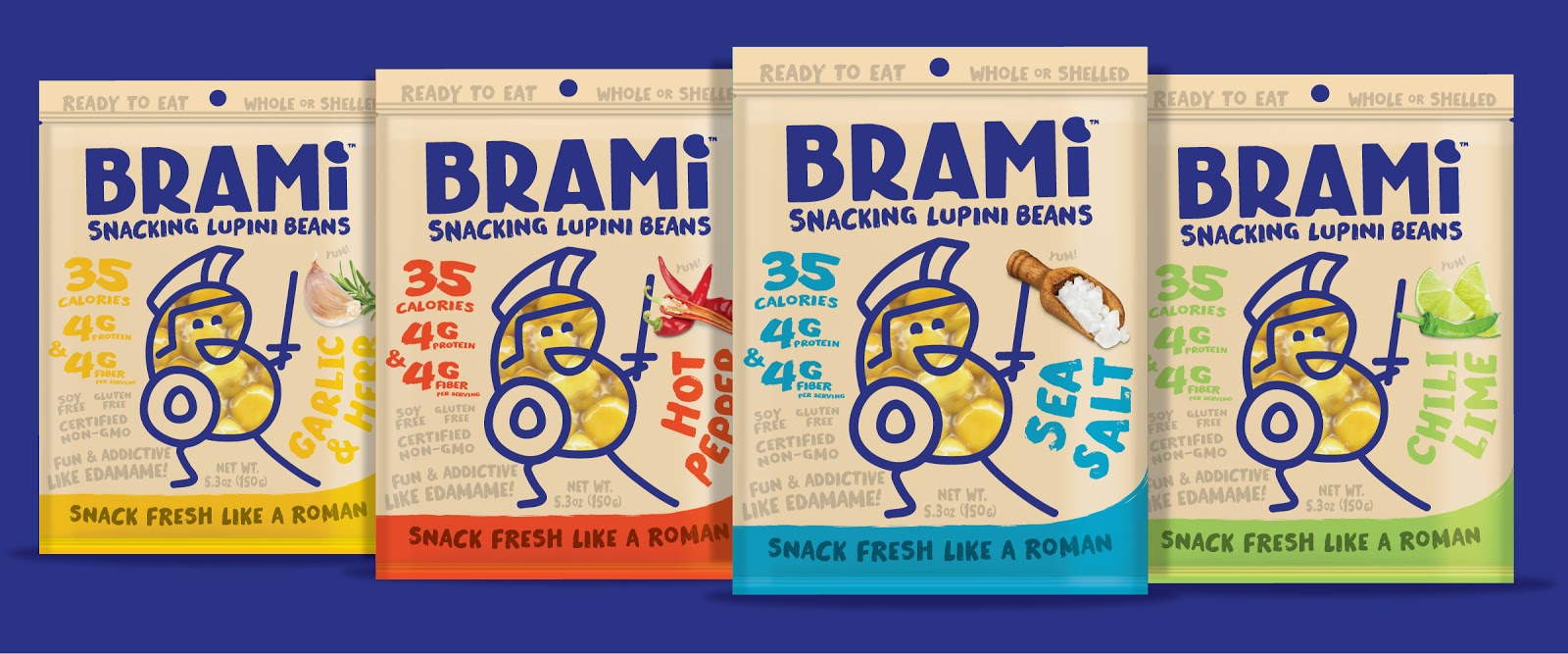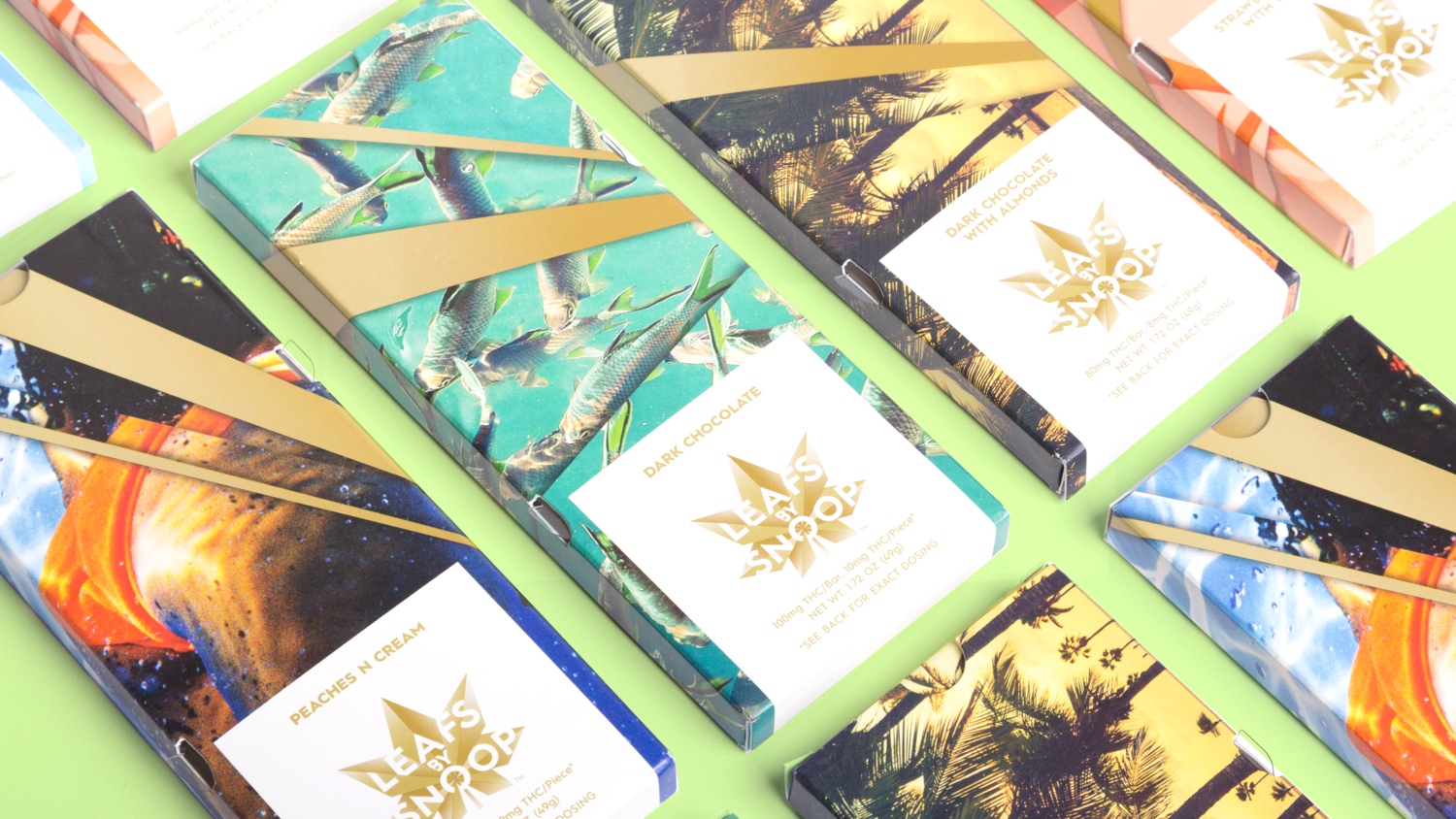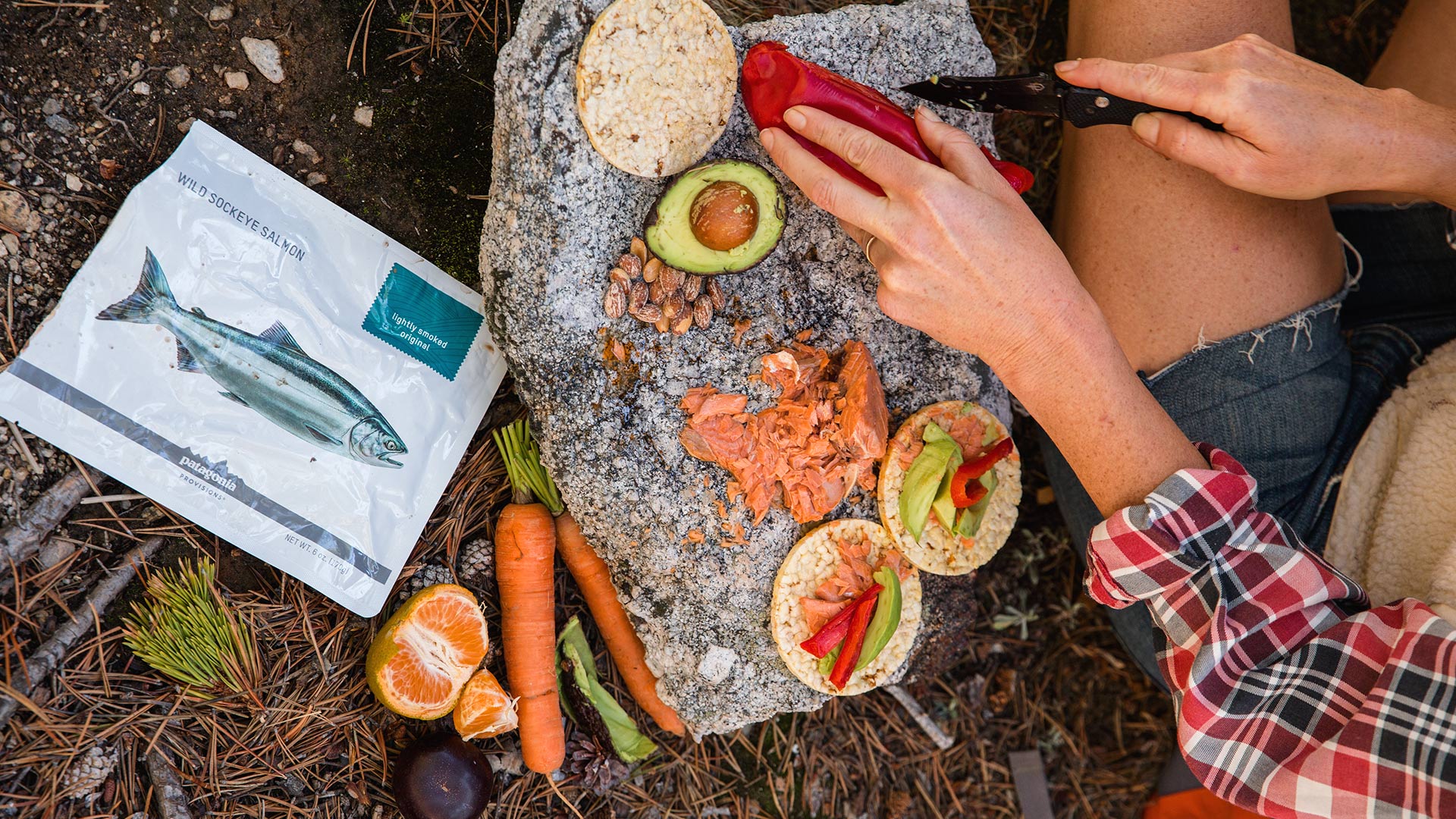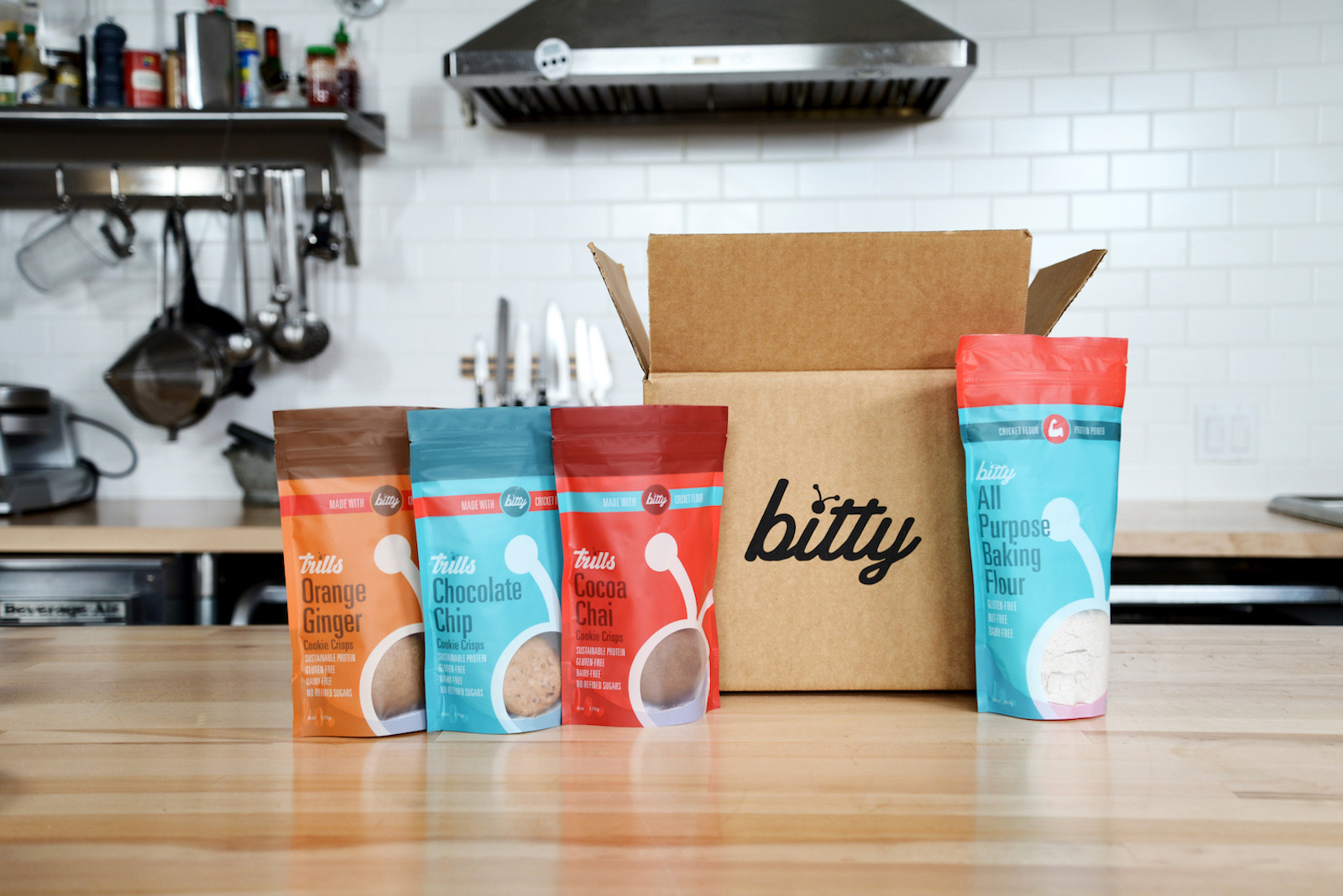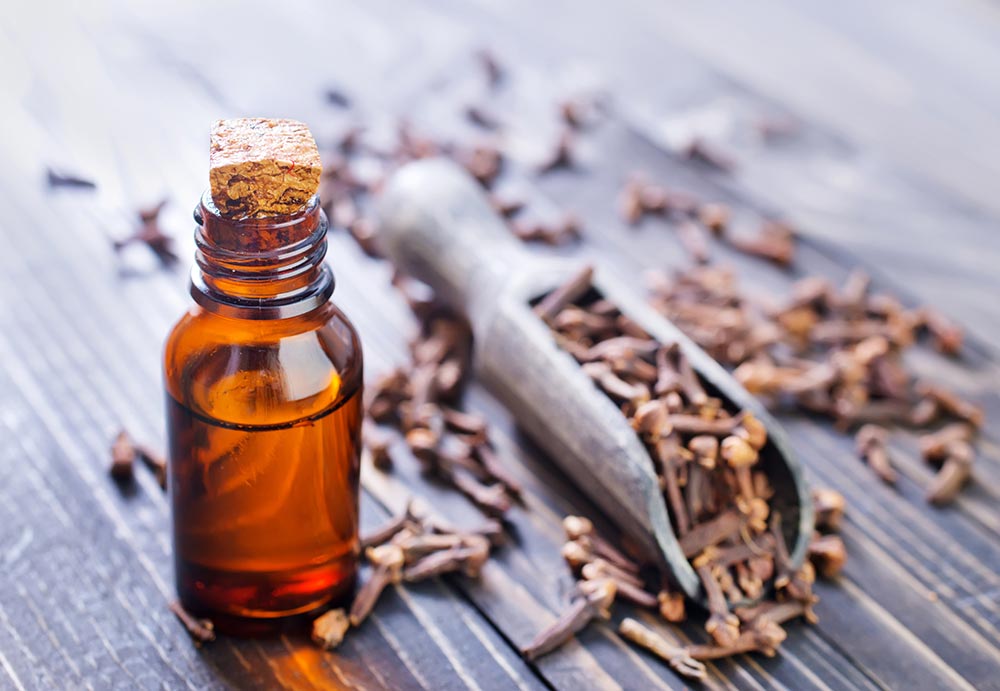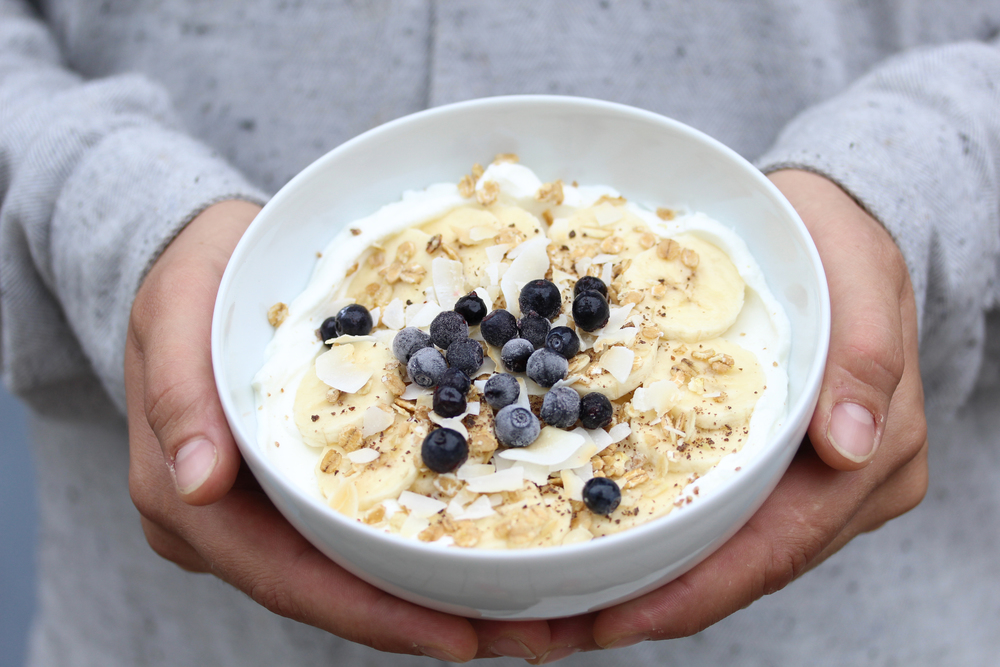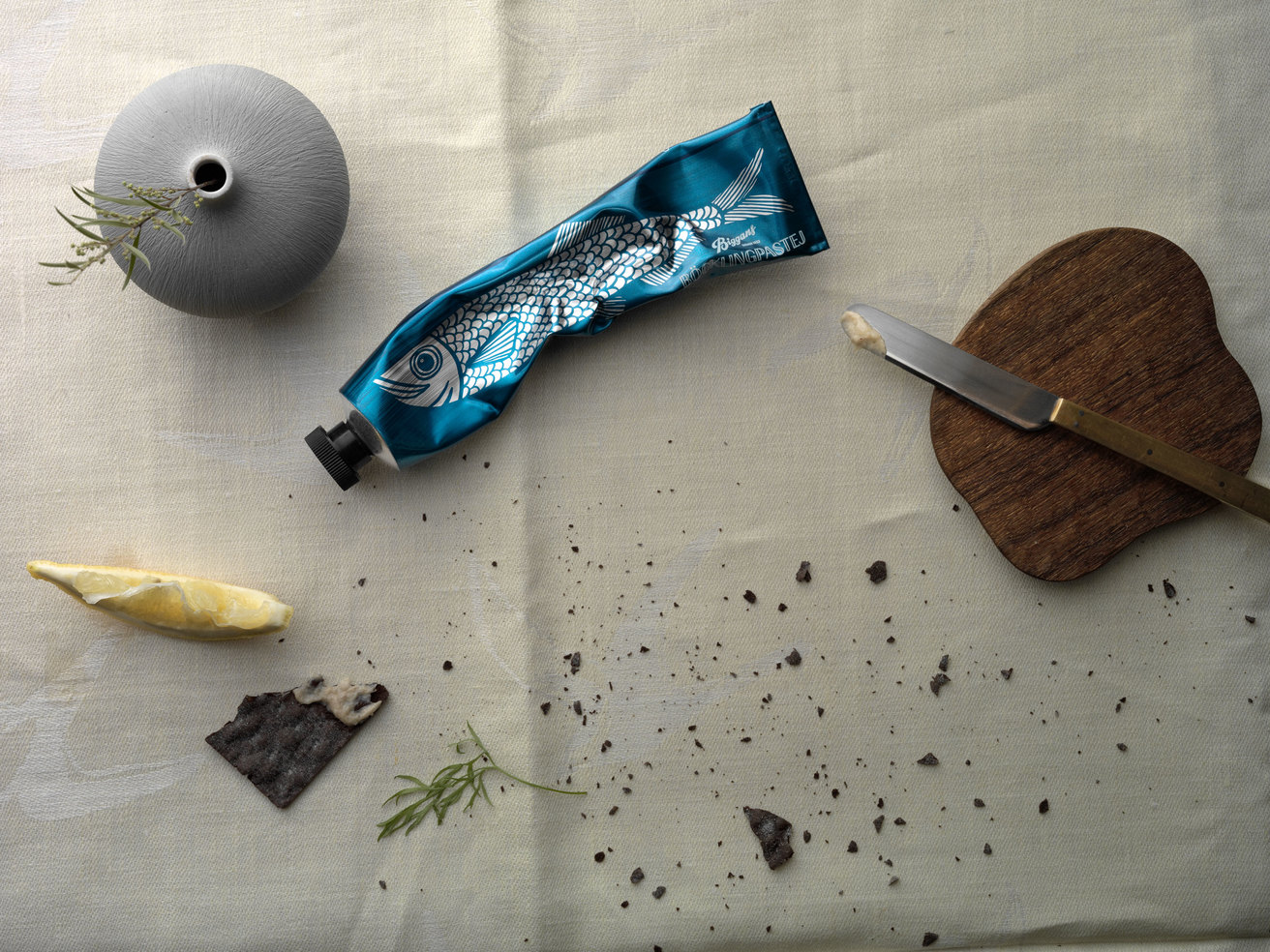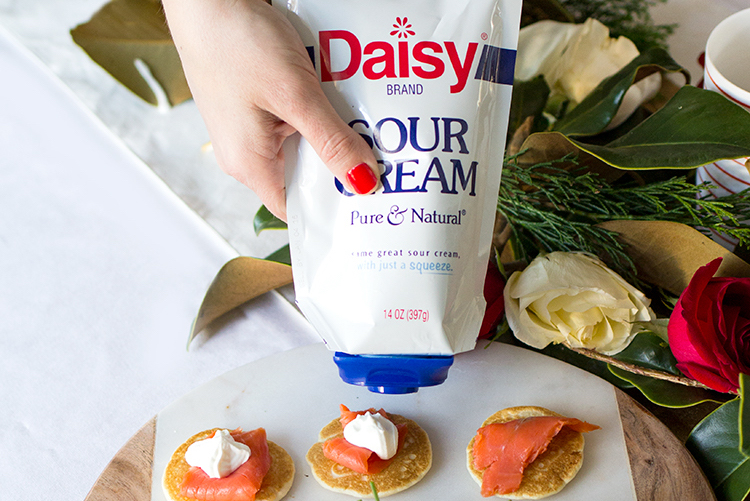Among the issues of developing more resilient food systems lies the question of what we package our food with. The synthetic polyethylene film often used for packaging food has a characteristic strength and flexibility that many eco-friendly materials are unable to mimic. However, this plastic comes with a host of environmental issues; it isn’t biodegradable, and it can only be recycled once. This means that the nearly 160,000 plastic bags being used per second are simply accumulating on our planet. Beyond this, the byproducts of producing plastic packaging contaminate out soil and air with toxins. In their efforts to find a possible replacement for plastic packaging, the National University of Singapore (NUS) and the University of the Basque Country (UPV) have found that chitosan, a natural formed polymer collected from the shells of crustaceans, may prove a viable alternative. Chitosan can not only simulate the film-forming ability of synthetic polymers, but reuses biodegradable and chemical free byproducts of the seafood industry.
Case studies of the implications of chitosan-based coatings for carrots have yielded positive results. Carrots typically lose their bright orange coloring and develop a white, dry exterior during storage; after applying chitosan-coatings to carrots through spraying and dipping techniques, the UPV found that the coating effectively prevented discoloration and texture deterioration among carrots over a period of 15 days. Beyond preservation of aesthetic qualities, the chitosan coating also maintained the sensory attributes of the carrots, with tests indicating that their desirable taste and smell were maintained.
Further research on chitosan from the National University of Singapore echoes these results, but holds greater significance for food products beyond produce. The NUS used grapefruit seed extract (GFSE) to strengthen chitosan-based packaging, generating a material that may actually extend the shelf-life of perishable products. Chitosan itself is naturally antimicrobial and antifungal; GFSE has even more inherently preservative attributes, as it is anti-viral, anti-bacterial, and anti-septic. When working together, GFSE and chitosan have slowed down fungal growth in products that are often considered swiftly perishable. The packaging film also appears to block ultraviolet light, which may reduce damage caused by oxidation. The evidence of these properties is shown through sample cases conducted by the NUS – experiments with the composite chitosan/GFSE material nearly doubled the shelf life of bread. The National University of Singapore now hopes to begin commercializing the use of chitosan-based films; pointing out that it could not only decrease the use of environmentally harmful packaging materials, but also help minimize the food waste produced by grocery stores.

